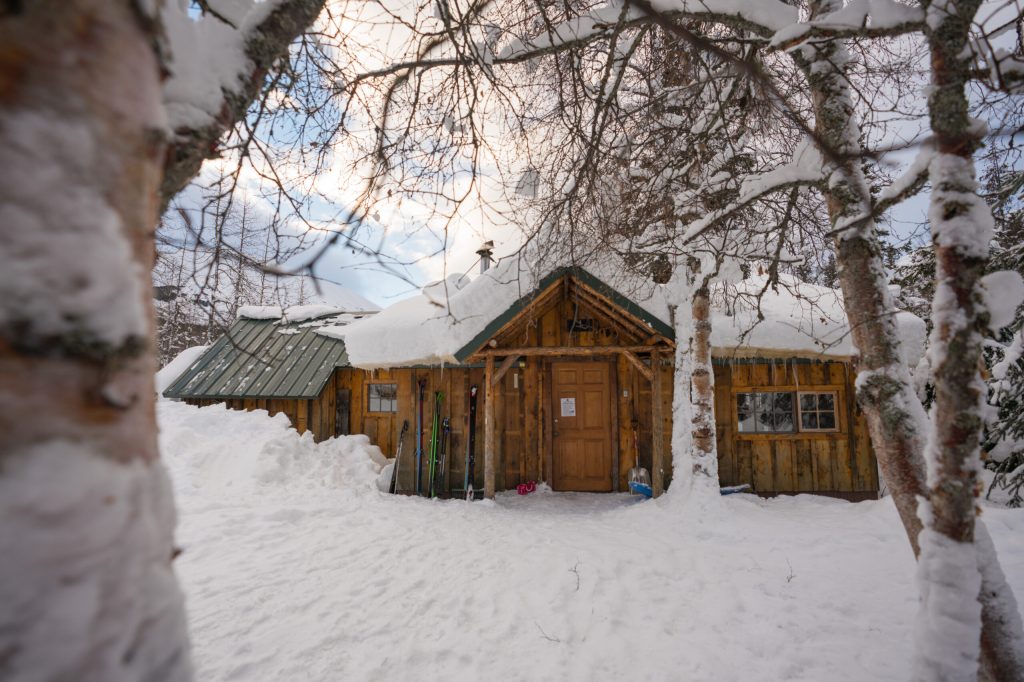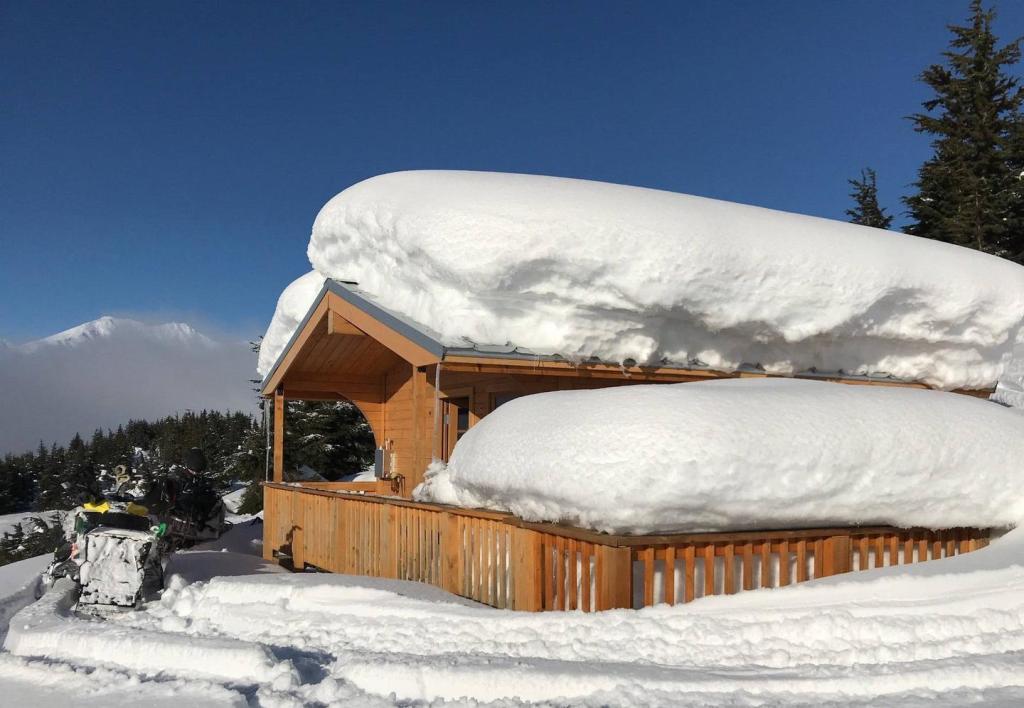Cabins of Alaska
Hey Hut People! One of the most frequent questions that we get asked is “Why are you Alaska Huts (plural) if you only operate one Hut?” We’d like to provide an answer to that, and to provide some resources to help you plan your next backcountry cabin or Hut trip!
First off, Alaska Huts is working on the whole “Huts” part. We currently operate the Manitoba Cabin facility, which includes a cabin and three yurts. The cabin and two of the yurts can be rented together (as The Whole Shebang), or separately as individual private rentals. The third yurt, Silvertip Yurt, can be rented separately as well, which we opened for reservations in the fall of 2022!

Manitoba Cabin – Clint Helander Photo
We are also fundraising for the Lars Spurkland Hut, a joint project working with the USFS and AKRR at the Spencer Glacier Whistle Stop. This is a project that we are very excited about, and we are hoping to have available in 2024!
However, there are countless other huts and cabins in the state of Alaska. If you’re planning a trip to the state, or you just want quick access to resources, here is an overview of what is out there, with varying levels of access:
- US Forest Service Cabins: The US Forest Service manages 21.9 million acres in Alaska, between The Chugach and Tongass National Forests. They manage about 200 public use cabins, from those located in campgrounds to backcountry accessible historic cabins. Many are located on Kenai trail systems, like the Resurrection Pass and Devils Pass cabins. There are also other cabins accessible by boat and plane in Prince William Sound or remote areas of the Forest. The Forest recently received money to build and maintain more cabins in Alaska, and proposed more than 20 sites across the state.

Spencer Bench Cabin (Graham Predeger photo)
- Alaska State Parks Cabins: The State of Alaska operates many cabins in front-country and backcountry areas. Some are located in campgrounds (Bird Creek, Ke’sugi Ridge area), while others are in State Recreation areas like the Nancy Lake Canoe Trail, which is accessible year round. Motorized access is sometimes permissible on state land, but non-motorized is always welcome!
- Non-Profit Huts and Cabins: Other non-profit organizations like the Eagle River Nature Center operate cabins and yurts. ERNC operates 3 yurts and a cabin in Chugach State Park along Eagle River, the outflow of Eagle Glacier, which is one of the glaciers crossed in the Eklutna Traverse.

Han’s Hut (MCA Photo)
- Alpine Huts: The Mountaineering Club of Alaska (MCA), the Alaska Alpine Club (AAC), and the American Alpine Club (also AAC) operate huts in even more remote areas, often requiring technical skills and glacier travel to access. The Eklutna Traverse has 3 alpine huts (Pichler’s Perch, Han’s Hut, and Rosie’s Roost), and two more USFS cabins can be utilized as well (Crow Pass Cabin and Serenity Falls Hut) along the traverse. In Hatcher Pass, the Bomber Traverse has 4 huts operated by MCA (Mint Hut, Bomber Hut, Dnigi Hut, and the Seth Holden Hut), and one of the American Alpine Club’s two backcountry huts, the Snowbird Hut. These require glacier travel and technical skills to access year round. The MCA also operates the Scandinavian Peaks Hut near the Matanuska Glacier. In Interior Alaska, the Alaska Alpine Club maintains 3 huts in the Delta Range: the Thayer Hut, the Lower Canwell Hut, and the Mackeith Hut. One thing to note is that Alpine huts mentioned here are operated on a first-come first-serve basis, with priority given to members of the respective organizations. Membership is inexpensive and provides lots of benefits, and all of these alpine club organizations are non-profits!
